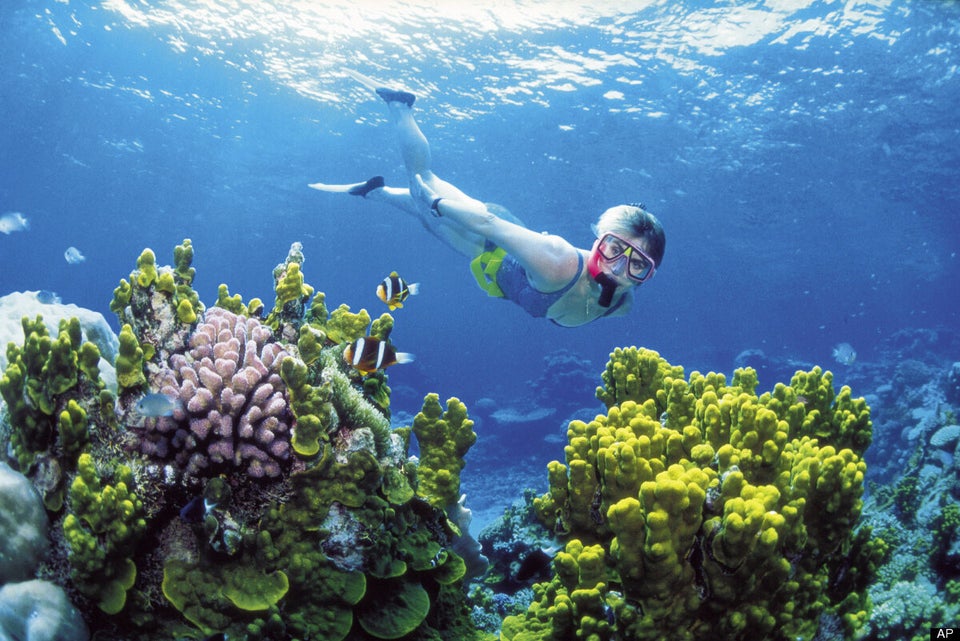As nations of seafarers and fishermen, Norwegians and Canadians have lived in close contact with the ocean throughout history. We have reaped its benefits and weathered its storms. Healthy oceans are key to a healthy future for us peoples of the North.
The oceans are facing many challenges. A third of the world's fish stocks are overfished or depleted. Marine litter kills a million seabirds every year, and ocean acidification is putting entire marine ecosystems at risk.
Under the umbrella of the Arctic Council and during the Canadian chair, acidification of the seas has come forward as a central theme. The working group AMAP presented in 2013 a thorough report on this issue, based on science from a wide range of countries, Arctic and non- Arctic stakeholders. This report in its turn, form the background for the Arctic Council's present work on these extremely important issue.
Some of the facts are appalling. Acidification is taking place at a speed unforeseen by scientists only a decade ago. In addition, it is taking place over a wide range of ocean depths; most rapidly in surface waters and more slowly in deeper waters. For example, notable chemical effects have for example been found in surface waters of the Bering Strait and the Canada Basin of the central Arctic Ocean.
The primary driver of ocean acidification is uptake of carbon dioxide emitted to the atmosphere by human activities, specifically when burning carbon-rich materials such as coal or oil. Some of this gas is absorbed by the oceans, slowing down its build-up in the atmosphere and thus the pace of human-induced climate warming, but at the same time increasing seawater activity. As a result, the average acidity of surface ocean waters worldwide is now about 30 per cent higher than at the start of the Industrial Revolution.
The Arctic Ocean is especially vulnerable to ocean acidification; due to the large quantities of freshwater supplied from rivers and melting ice, this part of the ocean is less effective at chemically neutralizing the acidifying effects. The cold waters also favour the transfer of carbon dioxide from the air into the ocean, and the recent and dramatic melting of the ice decreases the summer sea-ice cover.
Sea-ice cover, freshwater inputs, and plant growth and decay can also influence the state of the oceans, varying over seasons, place to place, and year to year.
Arctic marine ecosystems are highly likely to undergo significant change due to these changes, scientists find. Precise data on effects on species in the top of the food chains, as sea birds and seals, and bottom animals like sea stars and urchins, are needed, and underway, for the Arctic region. Growth rates, behaviour, shell formation and growth studies show that many species will grow slower under predicted rates of acidification. Some shell-building are likely to react negatively, and fish eggs and early larval stages are sensitive to changes. Fisheries might be affected, but which changes we can foresee, are uncertain. Fish stocks may be more robust to acidification if other stresses -- for example, overfishing or habitat degradation -- are minimized.
The only way to fight ocean acidification is through a reduction in the global level of CO2 emissions. It is vital for Norway and other key players that the climate summit in Paris next year is successful. Norway is committed to the process and to achieving an ambitious outcome as we work towards the two-degree target and a low carbon society.
Norway and Canada, together with the other members of the Arctic Council, recognized in the Kiruna Declaration that carbon dioxide emission reductions are the only effective way to mitigate ocean acidification, and agreed to take action to this effect, and monitor and assess the state of the Arctic Ocean.
We depend on the ecosystems of the world for our survival. We need to ensure that the oceans of the world are managed responsibly. It is time to stop rearranging the deck chairs on the Titanic. We have to change course.
This blog is part of a countdown to the annual Transatlantic Science Week (TSW) from October 26-29 2014 in Toronto. TSW2014 focuses on the Arctic: Societies, Sustainability and Safety. This complimentary science & innovation conference is organized by the Norwegian Ministry of Research & Education and the Norwegian Embassies in Ottawa & Washington in conjunction with University of Toronto & the National Research Council of Canada.
ALSO ON HUFFPOST:
